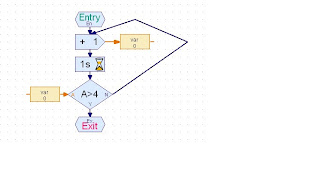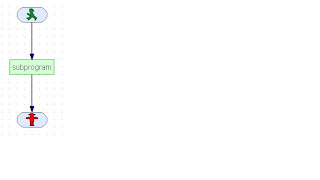Our design was two air packs surrounding the egg held together with tape. We slowed this down sigtnificantly with a parachute. A suggested achievement for next year would be length of flight time, awarded in steps like size and weight.


Brainstorming
-Create a sketch of one possible solution. Include labels.

-Create a sketch of another possible solution. Include labels.

-Create a sketch of a third possible solution. Include labels.

-Use a decision matrix to justify the approach you chose.

Material Prep
-Generate a list of materials required for build day.
-Document a plan to ensure materials are brought in on block day.

Build Achievements
Material Size:
(your egg is not included in the material size)
(air is ubiquitous and not included in material size. "Rare" commodities like helium are.)
-Your materials fit inside a printer paper box
-Your materials fit inside a shoe box
Material Weight:
(your egg is not included in material weight)
-Your materials weigh less than 500 grams.
-Your materials weigh less than 300 grams.
-Your materials weigh less than 200 grams.
-Your materials weigh less than 150 grams.
-Your materials weigh less than 100 grams.
-Your materials weigh less than 50 grams.
Drop Achievements
Drop Accuracy:
-You hit the butcher paper!
-You hit inside the third ring!
-You hit inside the second ring!
Egg Resilience:
-Your egg didn't break in any way! (awarded three times)
-Your egg didn't break in any way! (awarded three times)
-Your egg didn't break in any way! (awarded three times)
Calculation Achievements
-Describe an aspect of the event using arithmetic.
-Describe an aspect of the event using geometry.
-Describe an aspect of the event using algebra.
-Describe an aspect of the event using calculus.





















